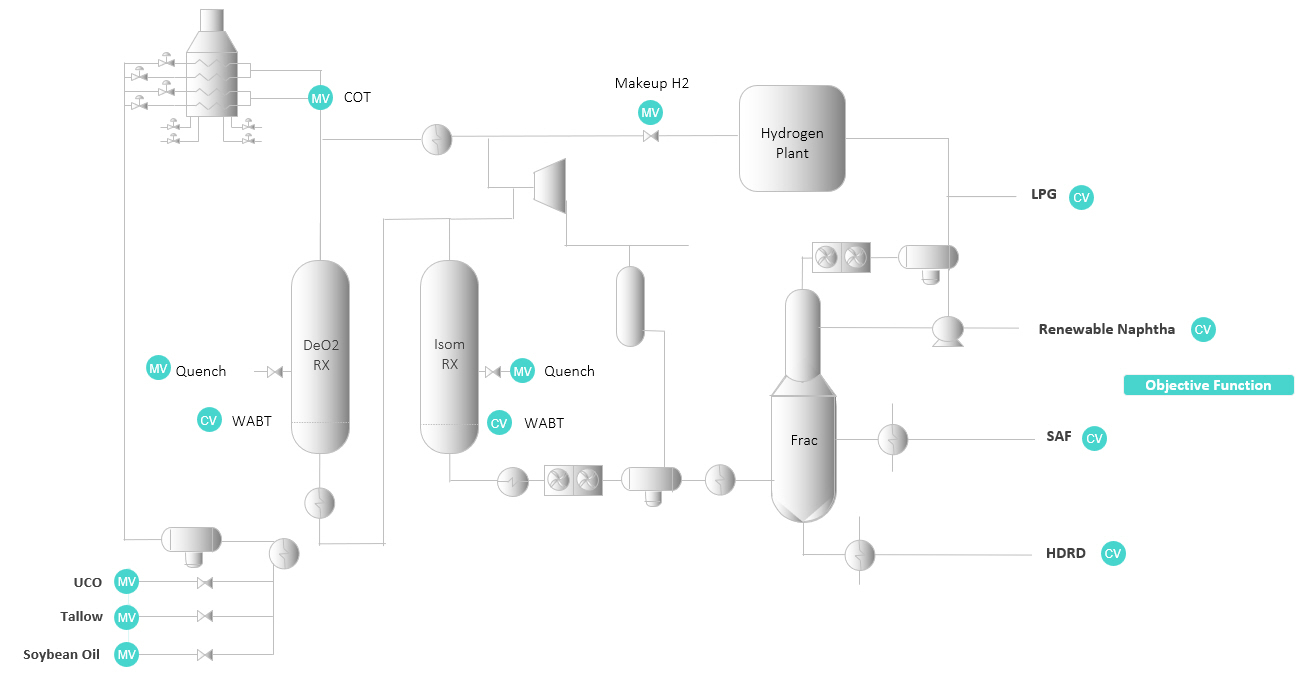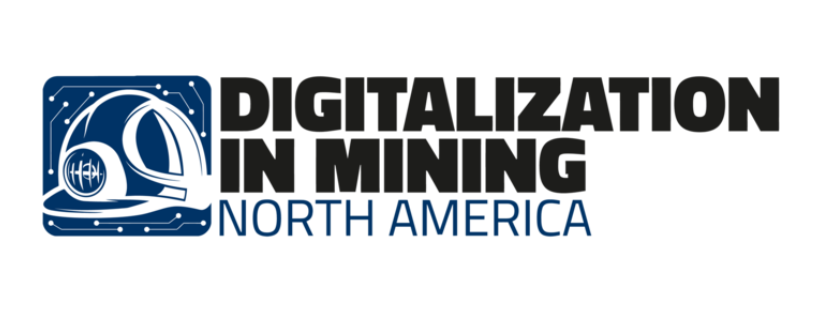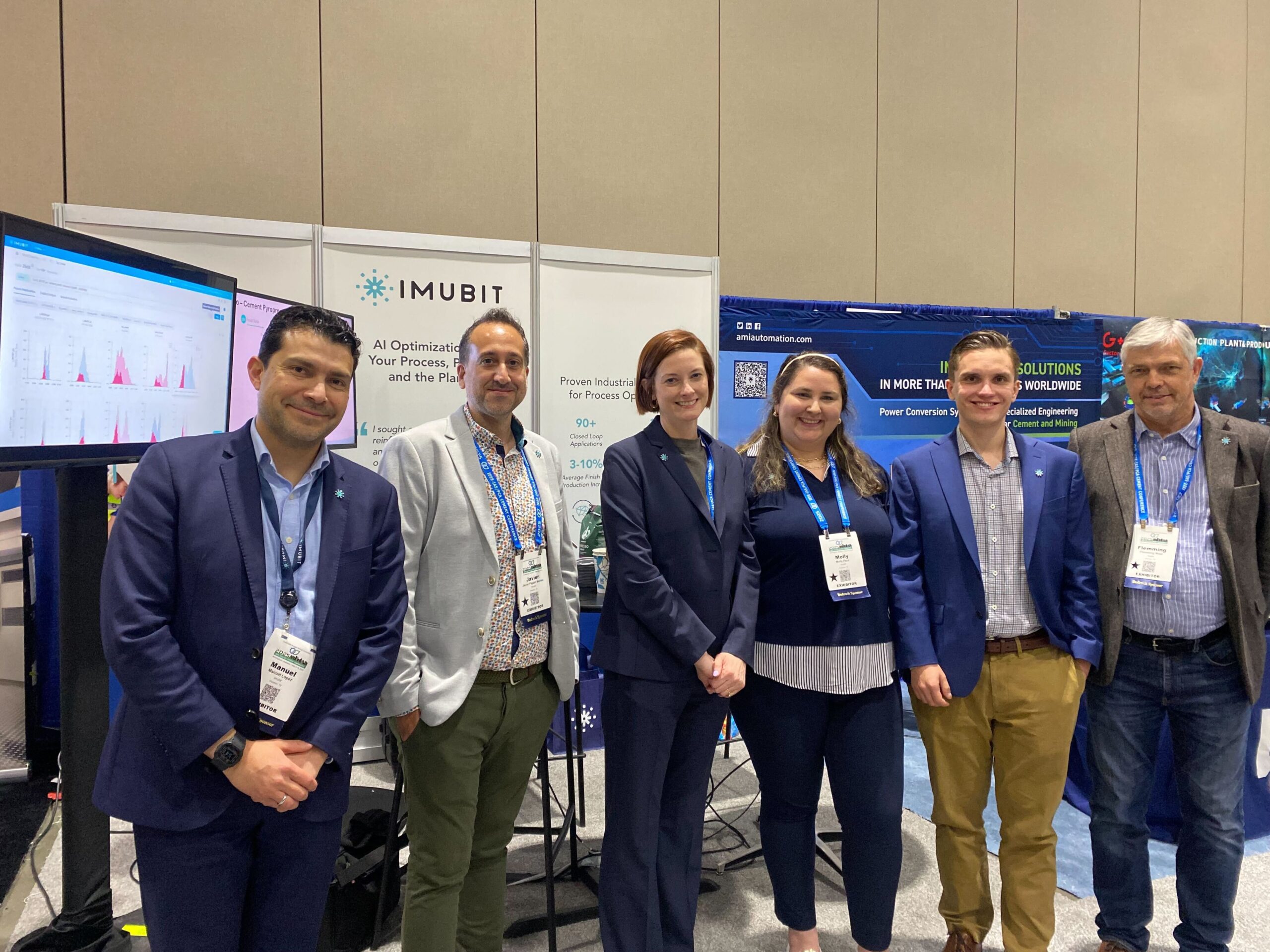 It is clear that a key topic of focus in the refining industry over the coming years will be how to effectively transition to sustainable operations. Europe has already gotten a head start, with several industry leaders investing hundreds of millions over the next several years in decarbonization capital projects. In North America, combining existing ESG incentives along with credit expansions presented by the Inflation Reduction Act (IRA), Producers have additional financial security in investing in clean fuels technologies in order to meet global Net-Zero goals. Additionally, this expands a credit system similar to that instituted through California’s Low Carbon Fuel Standard nationwide, giving the highest incentives for fuels with the lowest Carbon Intensity (CI). A promising way to reduce the carbon footprint of refining operations is to begin transitioning to renewable fuels production. As electrification continues to reduce the projected demand for liquid fuels consumption in light-duty vehicles, there is still no clear-cut winner for the future of heavy-duty diesel transportation. It’s certain that a mixture of technologies will be used to power our future, but there is no quicker replacement for traditional diesel fuel than drop-in ready Renewable Diesel. Renewable Diesel (RD, also commonly referred to as Hydrogenated Vegetable Oil – HVO, or Hydrogenation Derived Renewable Diesel – HDRD) is going to be a key area of growth over the coming decades as refiners, biofuels producers, and new market players look to decarbonize the footprint of liquid fuels. Producers such as Neste and Diamond Green Diesel were some of the earliest players in the market, installing significant capacity as early as 2007, with more on the way. Many North American projects have been announced in recent years, highlighted by significant refinery retrofit projects such as Phillip 66’s ‘Rodeo Renewed’, and Marathon/Neste’s joint ‘Martinez Renewables’ initiatives. At first glance, it seems like a straightforward next step: leverage existing equipment (with some modifications) to process renewable feedstocks to lower carbon footprint. However, as producers that have taken the renewables journey can tell you, execution of this strategy is not quite so simple. As typically unmeasured variables such as feed composition, ambient conditions, and catalyst activity change, so do the optimal operating conditions to maximize the value of an operating process unit. This is true whether renewable feeds are coprocessed along with traditional hydrocarbon feed or just processed alone.
It is clear that a key topic of focus in the refining industry over the coming years will be how to effectively transition to sustainable operations. Europe has already gotten a head start, with several industry leaders investing hundreds of millions over the next several years in decarbonization capital projects. In North America, combining existing ESG incentives along with credit expansions presented by the Inflation Reduction Act (IRA), Producers have additional financial security in investing in clean fuels technologies in order to meet global Net-Zero goals. Additionally, this expands a credit system similar to that instituted through California’s Low Carbon Fuel Standard nationwide, giving the highest incentives for fuels with the lowest Carbon Intensity (CI). A promising way to reduce the carbon footprint of refining operations is to begin transitioning to renewable fuels production. As electrification continues to reduce the projected demand for liquid fuels consumption in light-duty vehicles, there is still no clear-cut winner for the future of heavy-duty diesel transportation. It’s certain that a mixture of technologies will be used to power our future, but there is no quicker replacement for traditional diesel fuel than drop-in ready Renewable Diesel. Renewable Diesel (RD, also commonly referred to as Hydrogenated Vegetable Oil – HVO, or Hydrogenation Derived Renewable Diesel – HDRD) is going to be a key area of growth over the coming decades as refiners, biofuels producers, and new market players look to decarbonize the footprint of liquid fuels. Producers such as Neste and Diamond Green Diesel were some of the earliest players in the market, installing significant capacity as early as 2007, with more on the way. Many North American projects have been announced in recent years, highlighted by significant refinery retrofit projects such as Phillip 66’s ‘Rodeo Renewed’, and Marathon/Neste’s joint ‘Martinez Renewables’ initiatives. At first glance, it seems like a straightforward next step: leverage existing equipment (with some modifications) to process renewable feedstocks to lower carbon footprint. However, as producers that have taken the renewables journey can tell you, execution of this strategy is not quite so simple. As typically unmeasured variables such as feed composition, ambient conditions, and catalyst activity change, so do the optimal operating conditions to maximize the value of an operating process unit. This is true whether renewable feeds are coprocessed along with traditional hydrocarbon feed or just processed alone. 
 Figure 1. Closed-loop optimization diagram of renewable Diesel processing unit with multiple feed types. Imubit’s solution will write setpoints to MVs and control CVs specified to maximize defined Objective Function. Processing renewable feeds creates new challenges, which require dynamic optimization of process parameters. Optimally, process severity is optimized to:
Figure 1. Closed-loop optimization diagram of renewable Diesel processing unit with multiple feed types. Imubit’s solution will write setpoints to MVs and control CVs specified to maximize defined Objective Function. Processing renewable feeds creates new challenges, which require dynamic optimization of process parameters. Optimally, process severity is optimized to:
- Optimize RD/Sustainable Aviation Fluid (SAF) coproduction to contractual obligations or an economic optimal
- Ensure sufficient isomerization/dewaxing of paraffinic molecules to meet cold flow property specifications, while minimizing over-cracking to less valuable Naphtha and LPG streams
- Minimize operating costs, such as energy usage and H2 consumption, required for renewable feedstock processing
The optimization problem becomes even more complex for producers that have the ability to process (and acquire) variable feed sources. The optimal feed slate will need to take into account:
- The price of each individual feed type
- The CI and associated tax credits associated with each feed type
- The expected yield structure and volume swell of each feed, and how this varies with process severity (WABT)
- How to maximize the incremental value of renewable and petroleum feeds against safe operating limits
Process optimization has long been required in order to maximize the economic output of refineries. As economic incentives are put in place to minimize CI, the plant optimization problem only becomes more complicated. Optimizing such intricate processes requires a deep understanding of process relationships and how to optimize an extremely complex solution space. Leveraging advanced forms of AI like Reinforcement Learning can drive renewable process operations to the optimal point on a continuous, minute-by-minute basis. Refinery conversion units and systems have already been leveraging Reinforcement Learning to maximize profitable yields as composition, catalyst selectivity, and other complex process relationships dynamically change. Imubit’s Deep Reinforcement Learning models directly control plant handles, such as feed flows and reactor severities to maximize profitability from renewable operations (understanding prices and yields) while respecting safe operating limits and product quality specifications.
About the Author:
Roger Wilhelmi has over 10 years of experience in the Petrochemicals industry. He has held various roles in Process Engineering, Planning and Economics, Supply Chain Optimization, Sales, and Business Development during his tenure at both ExxonMobil and Imubit. Roger holds a bachelor’s degree in chemical engineering from the University of Arizona.



